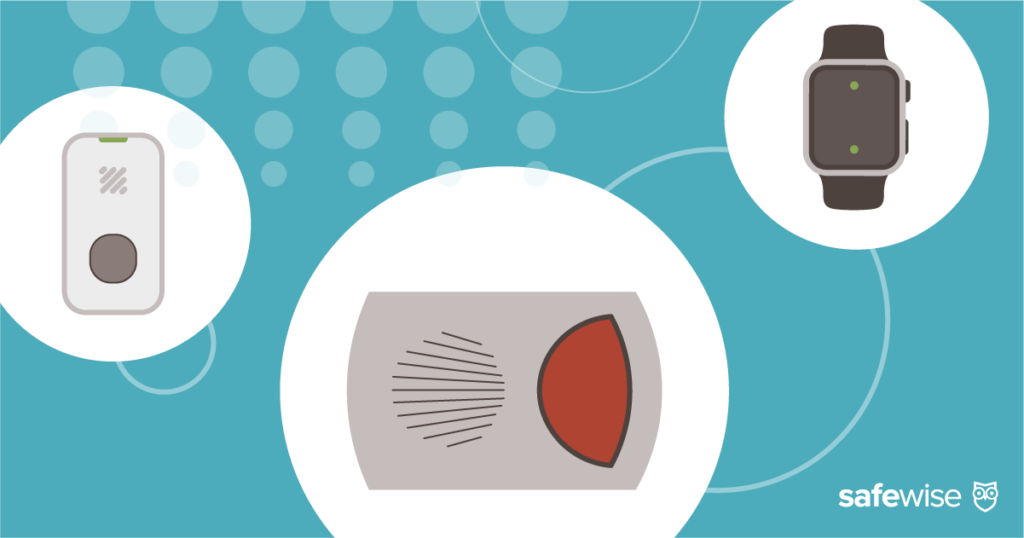Tracking when doors and windows open is a crucial component of security systems—and the foundation of intrusion detection. Let's explore how entry sensors work so you can understand why placement matters.
Entry sensors work best in these locations:
- Doors
- Windows
- Cabinets and safes
A door and window sensor works best when you mount it on a flat surface with the magnet on an adjacent surface: one half on the door/window and the other half on the door/window's frame.
It usually doesn't matter which half goes where—as long as the two halves are near each other (within an inch or two).
You may need to adjust the installation if you want to install a magnetic sensor on a metal surface since that can interfere with regular operation in some cases.
Metal door, wooden frame: Place the magnet on the door and the door alarm on the frame. You might not need additional mounting hardware if the magnet sticks well enough to the door. But it doesn't hurt to secure it in place to prevent it from flying off if the door slams.
Metal window/door and frame: Try out your sensor first to see if it works normally. You can temporarily use your hands or a small piece of tape to hold it in place while testing.
If it works as expected, install the sensor as normal. If it doesn't work, here’s what to do:
- Contact the manufacturer to see if there's a way to jerry-rig the sensor. Be prepared to hear that there's nothing you can do. Take some deep breaths and a few spoonfuls of ice cream, and move to step two.
- If jerry-rigging doesn't work, see if your system supports a plunger sensor, hinge sensor, or vibration sensor.
Another way to use a contact sensor is to place it on a cabinet or safe to track if curious fingers manage to get into something forbidden. This could be anything, like a pantry full of treats, a bathroom medicine cabinet, a closet full of chemicals, or a safe full of valuables.
While this use of entry sensors is better for homes with children, it can work anywhere you want a little extra security.



